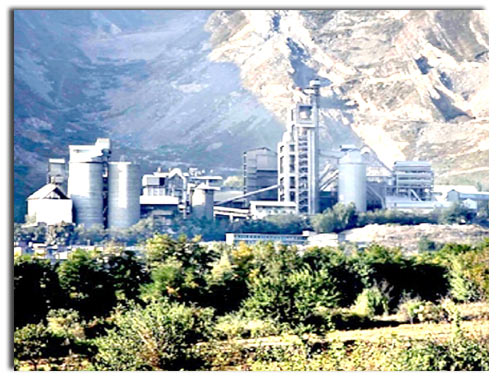While reiterating almost everything about the state of economy in J&K, a just released study by the ASSOCHAM has revealed that the state has sluggish growth, plenty of options and least investment in public and private sector, RS Gull reports.
Taking a cartographic interpretation at face value, unionist politician are used to term J&K as “head of India”. But a recent survey revealed by trading body ASSOCHAM in Jammu asserts that with slowest growth and less investment, J&K is just a wagging tail of India. Even peer states like Himachal and Uttrakhand with similar geography and problems are doing much better.
Between 2004-05 and 2011-12, the study said J&K’s economy grew at a compounded rate of 6.1 percent which is below the average growth of Indian state at 8.4 percent during the same period. This is the lowest rate even if compared with low-growth states like Uttarakhand that registered a growth of over 12 percent or neighbouring Himachal that cloaked over 8 percent growth in the same period.
Contribution of agriculture and allied sectors to GDP is 19.83 percent and it recorded a slightly higher growth than the all India average. But the 0.9 percent growth in seven years is insignificant if compared to 3.6 percent seen at all India level.
The secondary industrial sector that fetches 26.4 percent to SDP grew by 5.11 percent. For the same period, the all-India figures for industrial contribution towards country’s GDP and its growth were 25 percent and 8.3 percent respectively. The survey suggests that construction is the dominant industrial activity in J&K. The tertiary services sector continues to be the major contributor to SDP with a 54.2 percent share and it recorded an average compounded growth rate of 9.4 percent.
If compared to hilly states like Himachal and Uttarakhand with similar terrain and almost similar problems, J&K is playing second fiddle to both of them. Unlike J&K that has agriculture as the dominant sector, it is industry in Himachal (33.44 percent) and Uttarakhand (39.77 percent). Uttarakhand has actually registered an impressive industrial growth of 15.71 percent during this period. The contribution of services sector is almost the same in all the three states, though Uttarakhand and Himachal have expanded fast and big in all three sectors.
The report has revealed that J&K is not getting fair investments in both private as well as public sector. By December 2012, the report said J&K has 216 live investment projects worth Rs 130.8 thousand crore. At various stages of implementation, 55.70 percent of these projects fall in services sector and 42.6 percent under electricity sector. While around 27 percent of these projects are mere announcements, the actual implementation is 72.30 percent. Energy sector registered a healthy growth of 18.4 percent in one year but the overall investments in the year were barely 10.3 percent
ASSOCHAM said the private and public resources are being used to complement each other to fulfill growth and development objectives. While private investments are driven by profitability and attractiveness of opportunities, public sector has its own ways and methods. The trade body sees investment climate in the industrially backward state as unfriendly for private sector because of low supply and demand linkages apart from security and geographic concerns.
“J&K has attracted live investments worth just over Rs 1 lakh crore out of the total live investments worth over Rs 140 lakh crore in India as of December 2012,” the survey said. Government continues to be major investor with 1.3 percent of total investments as the private sector accounted for a meager 0.3 percent.
India, according to the paper, had 7109 live investment projects worth about Rs 58 lakh crore funded by the government. And J&K could attract only 187 projects worth over Rs 1 lakh crore. In the private sector, India had 9950 live investment projects worth about Rs 83 lakh crore but J&K could only attract 28 projects worth Rs 27,600 crore. The major difference, the paper said, is that while most of the Indian states compete to attract domestic and foreign investors, J&K could not attract any foreign investment so far. That essentially means J&K has failed to attract even half a per cent of the total live investments made by both government and private sectors across India.
Analyzing the entire situation, ASSOCHAM has suggested an annual special package of Rs 10,000 crore per year for next five years from the central government for boosting small and medium enterprises (SMEs), food processing, horticulture, tourism and hospitality, IT/ITeS (information technology enabled services), BPO (business process outsourcing) and other potential industries.
The study seeks improved socio-economic infrastructure, physical infrastructure such as roads, power, and telecommunications. It wants the state government to formulate policies, prepare a strategy and create a policy framework that shall encourage industries with potential to earn foreign exchange and generate huge employment. It has suggested the MSMEs be incentivized to expand the production capacity of the sector including handlooms, handicrafts and others which hold ample export potential. Besides, access to finance must be made easy so that industry can undergo constant innovation and adopt aggressive marketing and increase its target market size.
















